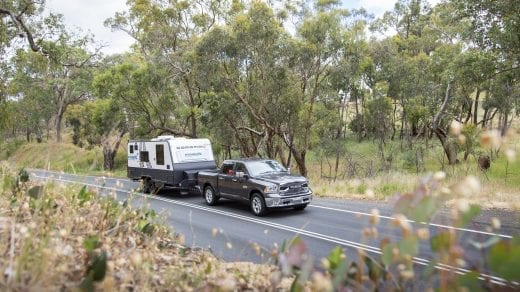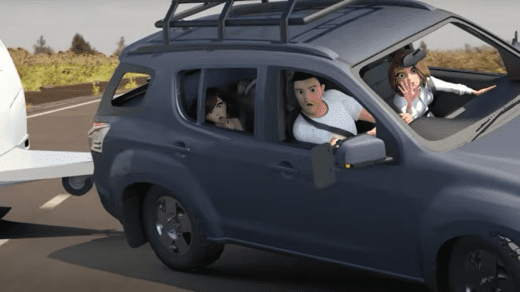Driving an RV, especially a larger motorhome or car and caravan combination can be strenuous, particularly if you are new to the task. It is important to consider your speed as it is not the same as driving a passenger vehicle.
The relationship between speed and fatal and serious injury outcomes has been well researched and documented and it should not be news to anyone that speeding is dangerous. So, what is a safe speed to be travelling in your RV?
This can become complicated as states and territories vary in their legislation; however, ultimately it comes down to what is safe with your vehicle and the conditions.
The laws:






